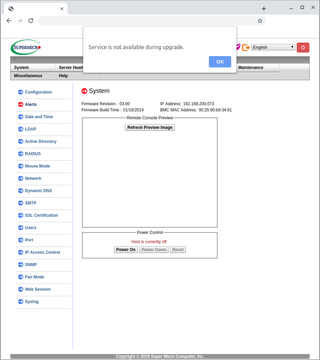My general experience with US postal service has been great. Yes, they’re not ideal but I almost never had anything lost or not arrive. Well, except books from UK.
Based on my (admittedly low) sample size of 3, books from UK to US get lost in 66.67% of cases. I’ve yet to have book lost coming in from US seller. What could be the reason?
Well, the most obvious one would be an avid reader in US Customs working on Seattle area shipments. Considering the profile of books that were lost, they’re really interested in Amiga computer history and maths.
Other choice would be UK postal worker. I give it a slightly lower chance as he would come across many copies of the same book going for other readers. On the other hand, maybe that unknown somebody has it in for me…
Third choice would be airplane pilots trying to keep fuel consumption under control. Are we a bit to heavy and consuming too much fuel? Well, good thing we’re going over the ocean and can dump few of these heavy books to lighten the load. Darn fuel prices!
Some might say post sorting machines are notoriously bad at handling anything bigger than postcard and that US postal service is well known for their lack of expenditure into newer and better models. Some would say these machines accidentally strip and/or damage labels effectively orphaning the poor book. And considering international packages move between CBP and ISC (Postal Service) with both ignoring anything that has no tracking number, one could believe issue might lie here.
I too believe it was the Machine but I don’t believe into coincidences of the small sample size. I believe one of these sorting machines achieved conscience and is trying to overtake the world. How would taking my books achieve this? Well, first you take people’s history - especially computer related one. Book about Amiga definitely has more than it’s fair share of unique and advanced technology described. Then you take away the maths. Without maths you limit any future advances puny humans might have. Given enough time - check-mate.
Fortunately, it’s only one sorting machine at this time as second shipment of the same books arrived. However, it’s only a question of time when the next sorting machine will become the Machine. So get your computer history and maths books while you can. Because soon nothing more advanced than a picture book will pass their guard!
PS: Notice how I immediately moved all the fault away from my local US postal workers as all my US-origin books arrive just fine. That and the fact I need him to keep bringing me stuff makes him completely innocent. :)
